Cattle feed in Turkey sees growth
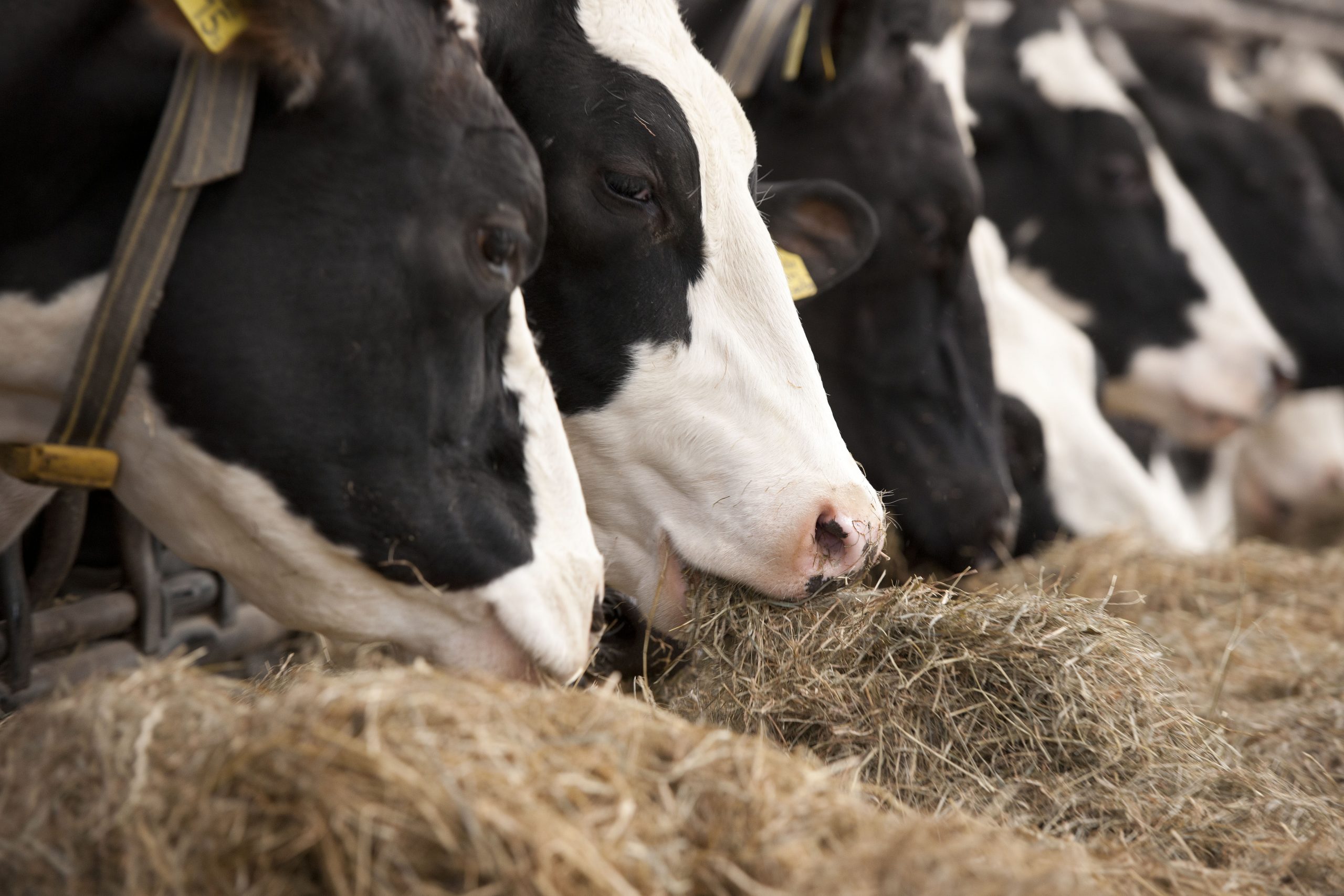
The industrial compound feed industry in Turkey has seen a steady rise over the last years. This is according to figures from Fefac, European Feed Manufacturers’ Federation. At the same time, raw material output is pushed by extra subsidies.
The most recent figures from 2016 on Turkey compound feed production show a little increase to 20.4 million tonnes. Up a little from 20.1 million tonnes in 2015. In the figure below, the data from 2009-2016 can be seen.
Push for dairy farming
No pig feed is produced in Turkey. If we look at cattle feed, we see an organic growth for both feed for fattening cows as feed for dairy cattle. Although the increase is not huge (+448,000 tonnes for fattening feed and 467,000 tonnes for dairy feed). This might be the indirect result of Turkey pushing the dairy sector and the fact that more Turkish people start to consume more dairy products. The annual per capita consumption of milk amounts to 37.3 kg of milk equivalence, which is still low compared to other developed countries. Most of the dairy products are still imported from Europe, the Middle East and the USA. Dairy Global www.dairyglobal.net reported earlier that in 2010 the Turkish Agricultural Bank offered long-term loans with zero interest rates for dairy and feeding cow breeders in order to support that sector. With that incentive, a number of large scale farms have emerged, as well as the number of dairy processing businesses, especially in the Izmir region, in the west coast of the country facing the Aegean Sea.
For the poultry industry we see a slight decrease in feed production, both for the segment broilers as well as chicks and layers (-214,000 tonnes and -459,000 tonnes respectively). Nevertheless, Turkey remains one of the biggest producers of poultry meat in the world. According to data from the Turkey poultry association BESD-BIR, the country produced 1,982,000 tonnes of chicken meat in 2015, and sees a continued growth in volumes. It might be the case that Turkey imports more chicken feed than it did earlier, hence the little drop in domestic poultry feed output.
Support for agriculture in Turkey
At the same time, Turkey has experienced an autumn drought in 2016 across the major producing areas following a lack of significant precipitation between the end of September and early November 2016. Nevertheless, first pre-harvest forecasts from the Turkish Statistical Institute indicate a 5% increase in cereal production in 2017 compared to last year, to about 37 million tonnes, including 21.8 million tonnes of wheat (a 6% increase on last year) and 15.1 million tonnes of coarse grains (a 3% improvement). Despite increase in raw material production, a new subsidy allocation system for agricultural products, called the National Agriculture Project, will be implemented as of this year (no official date set yet), as reported by FAO. The Project aims to diversify Turkey’s agricultural production, increase productivity and reduce the planted area of water-intensive crops such as rice and soybeans in drought-prone area.
Join 26,000+ subscribers
Subscribe to our newsletter to stay updated about all the need-to-know content in the feed sector, three times a week. Beheer
Beheer

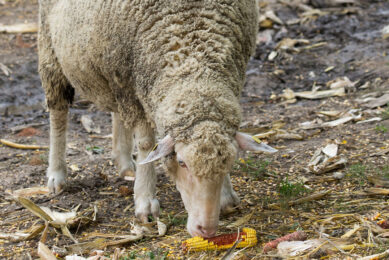
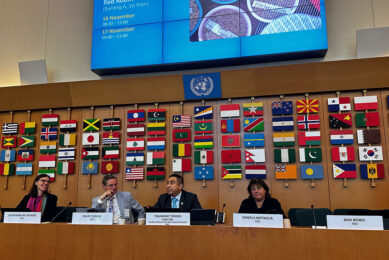
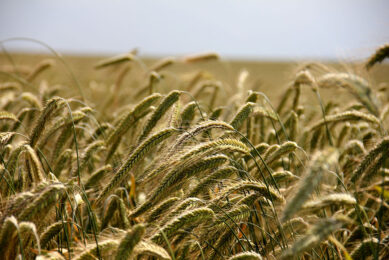
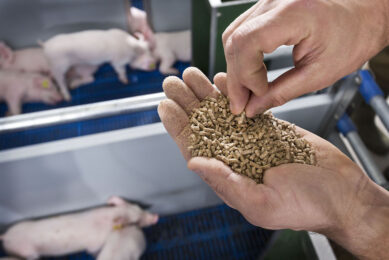




 WP Admin
WP Admin  Bewerk bericht
Bewerk bericht